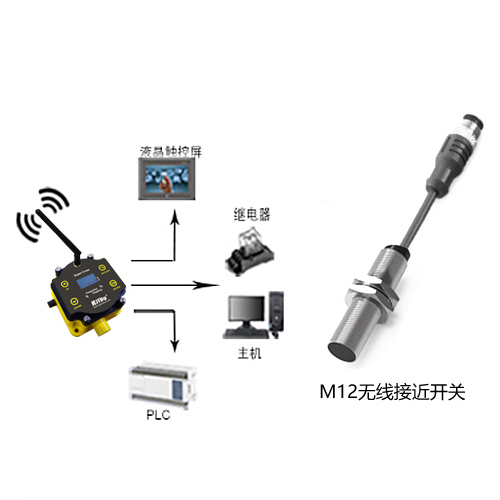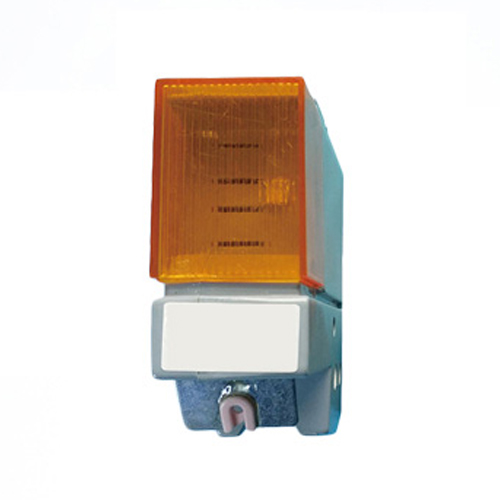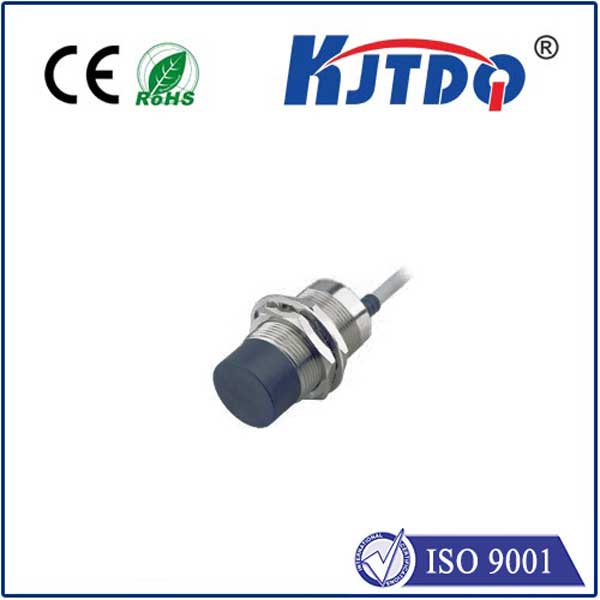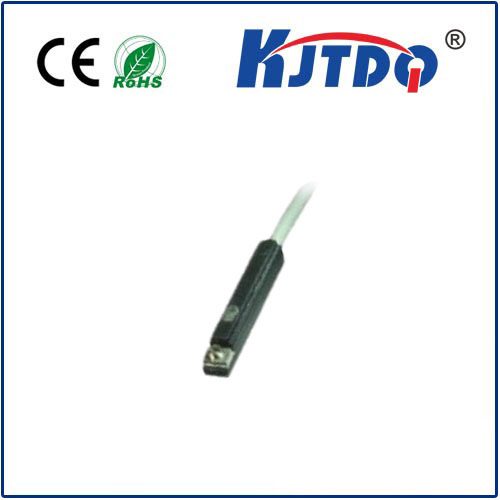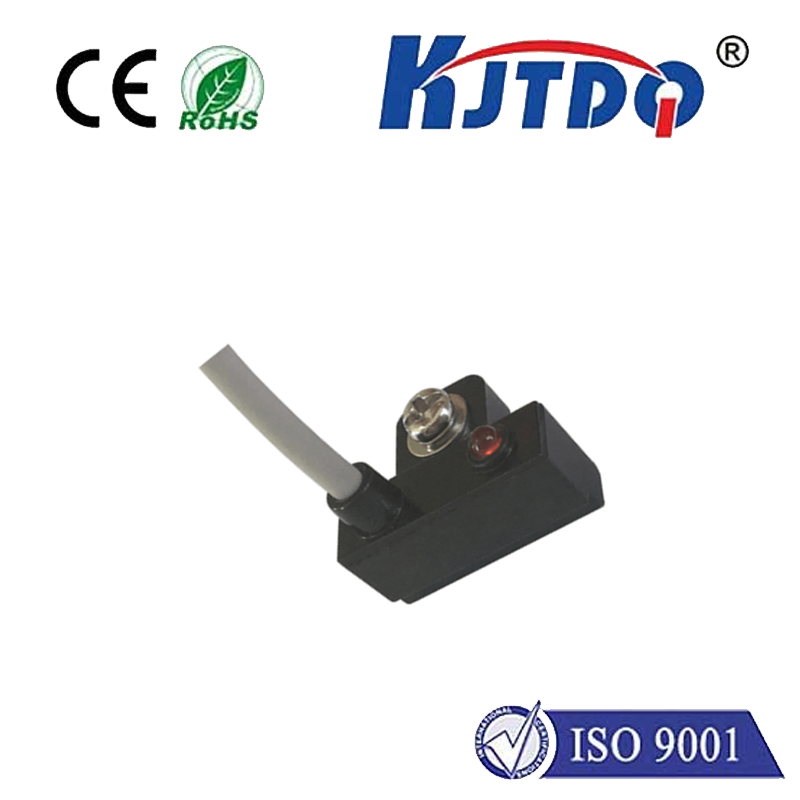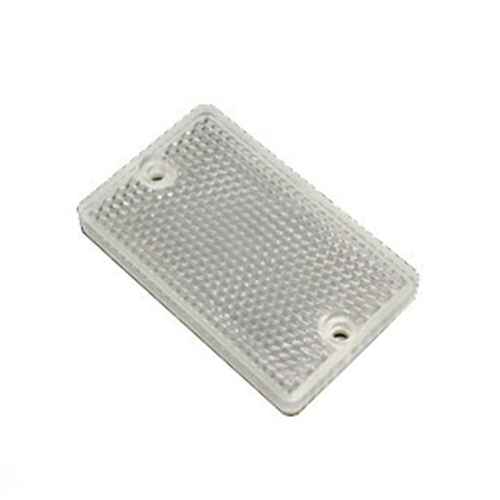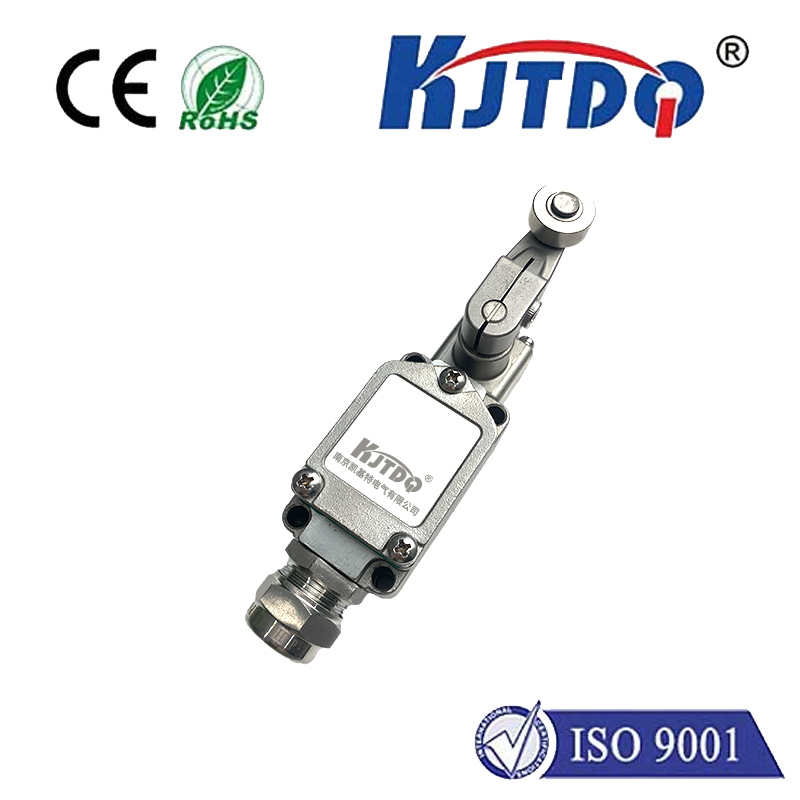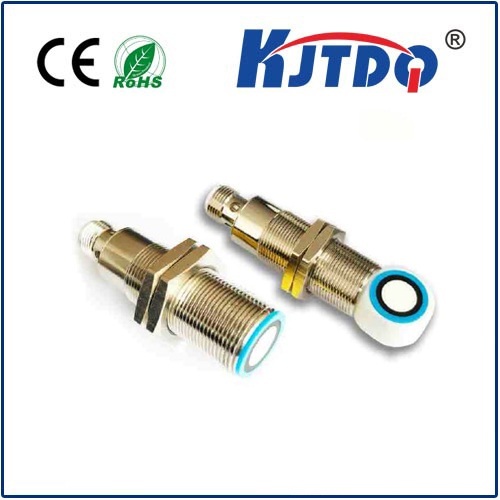

check

check

check

check
The proliferation of the Internet of Things (IoT) has led to an increasing demand for small, yet powerful devices that can perform specific functions without human intervention. At the heart of many IoT solutions are sensors, and one type of sensor that plays a crucial role is the 5V proximity sensor.
Proximity sensors work by detecting the presence or absence of an object, usually with a precision as low as a few millimeters. They are often used in applications where precise distance measurements are necessary, such as in industrial automation, robotics, and smart home systems. In this article, we'll explore the capabilities of 5V proximity sensors and their potential in shaping the future of IoT technology.
One of the key advantages of 5V proximity sensors is their simplicity. They consist of a transmitter and a receiver, with no moving parts or complex algorithms to interpret data. This makes them ideal for use in environments where reliability and accuracy are paramount, such as in medical devices or aerospace systems. Additionally, their low power consumption (typically around 10-20 mA) allows them to be integrated into battery-powered devices without compromising performance.
Another advantage of 5V proximity sensors is their versatility. They can be used in a variety of configurations, including fixed-position detection, timed interrupts, and continuous monitoring. This flexibility makes them suitable for a wide range of applications, from tracking the movement of people or objects to measuring ambient temperature or humidity. Furthermore, some proximity sensors can be programmed to emit signals when an object passes a certain distance from them, providing additional information about the environment.
In conclusion, 5V proximity sensors play a vital role in enabling the widespread adoption of IoT technology. By providing accurate distance measurements and other useful data, they enhance the functionality and efficiency of various IoT solutions. As technology continues to evolve, it is likely that proximity sensors will become even more sophisticated, offering new features and capabilities that will further transform the way we interact with our environment.
